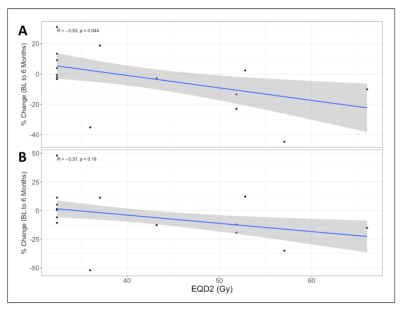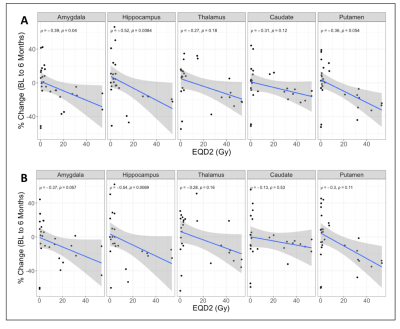Alan Finkelstein1, Arun Venkataraman2, Madalina Tivarus3, Md Nasir Uddin4, Jianhui Zhong1,2,3, Giovanni Schifitto3,4, Michael Milano5, Michelle Janelsins6, and Sara Hardy4,5
1Biomedical Engineering, University of Rochester, Rochester, NY, United States, 2Physics and Astronomy, University of Rochester, Rochester, NY, United States, 3Imaging Sciences, University of Rochester, Rochester, NY, United States, 4Neurology, University of Rochester, Rochester, NY, United States, 5Radiation Oncology, University of Rochester, Rochester, NY, United States, 6Surgery, University of Rochester, Rochester, NY, United States
1Biomedical Engineering, University of Rochester, Rochester, NY, United States, 2Physics and Astronomy, University of Rochester, Rochester, NY, United States, 3Imaging Sciences, University of Rochester, Rochester, NY, United States, 4Neurology, University of Rochester, Rochester, NY, United States, 5Radiation Oncology, University of Rochester, Rochester, NY, United States, 6Surgery, University of Rochester, Rochester, NY, United States
Patients with lower grade tumors experience cognitive impairment in the setting of partial brain radiotherapy (RT). To understand what structures are susceptible to RT, structural and functional connectivity analysis were performed to evaluate how RT affects network topology.


